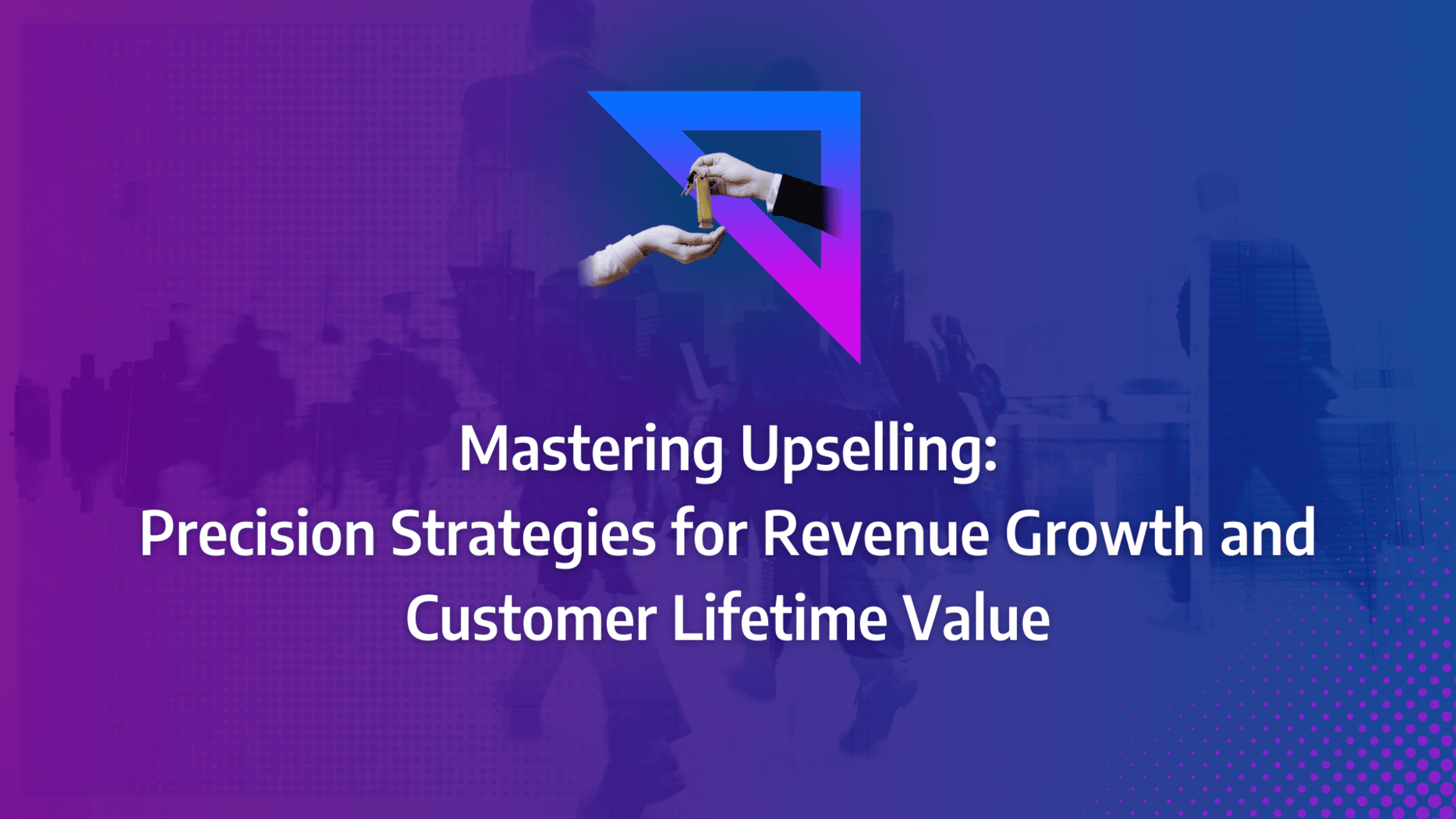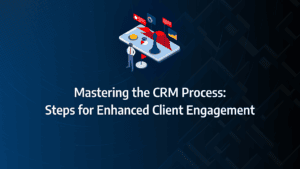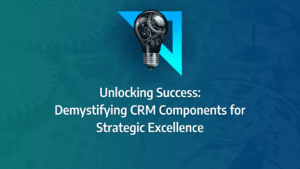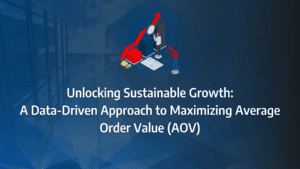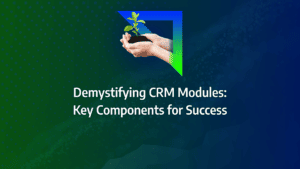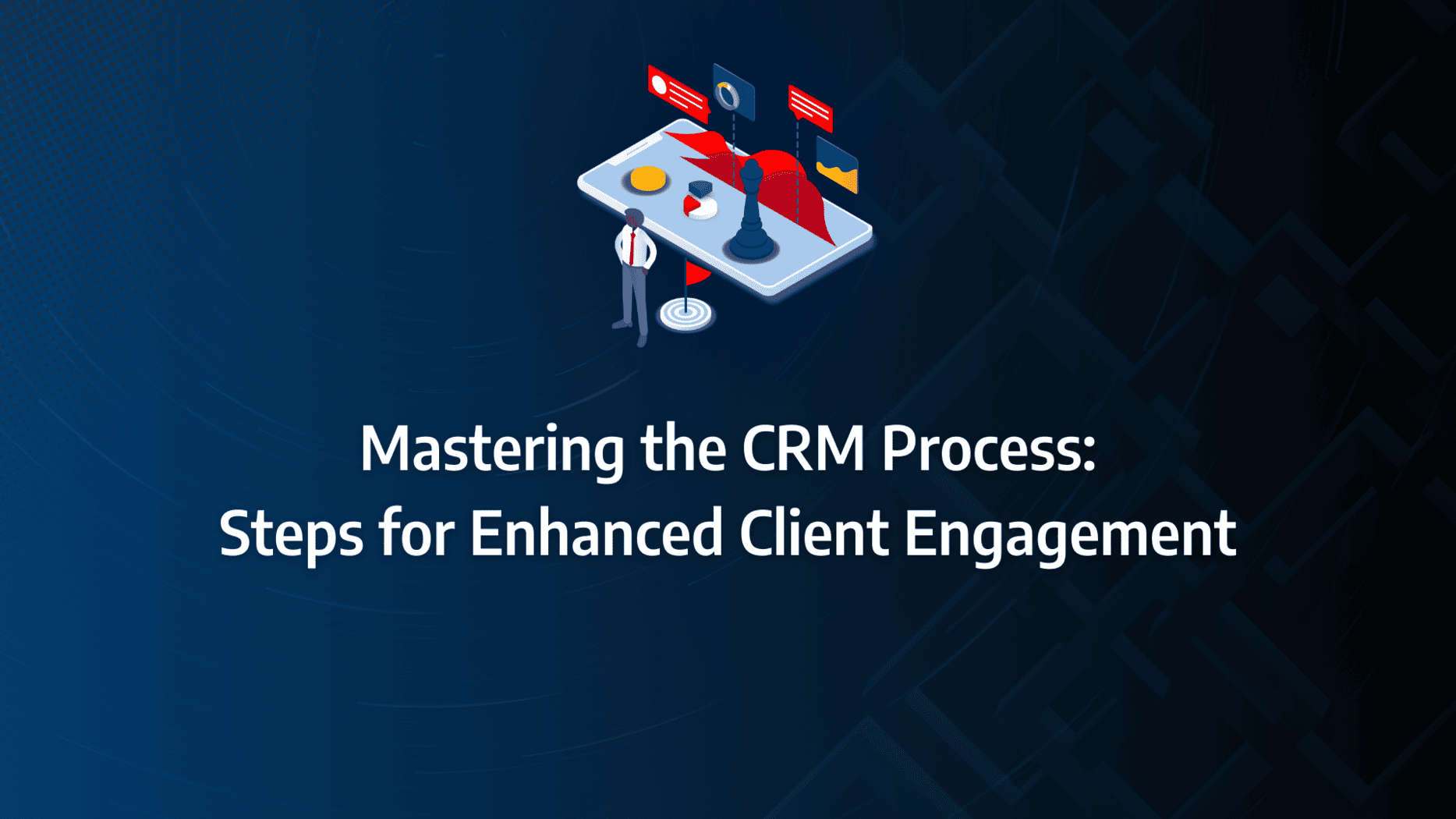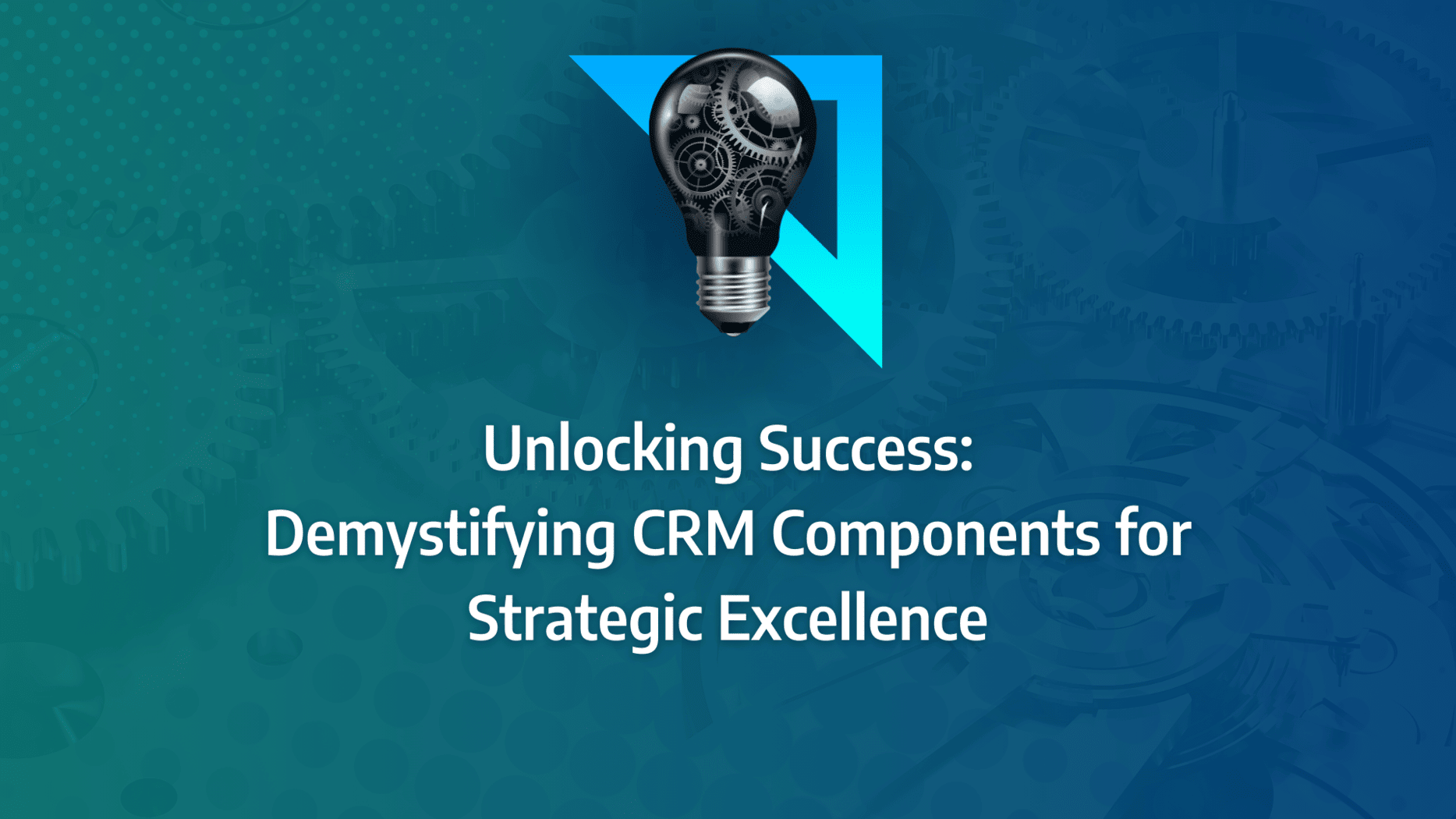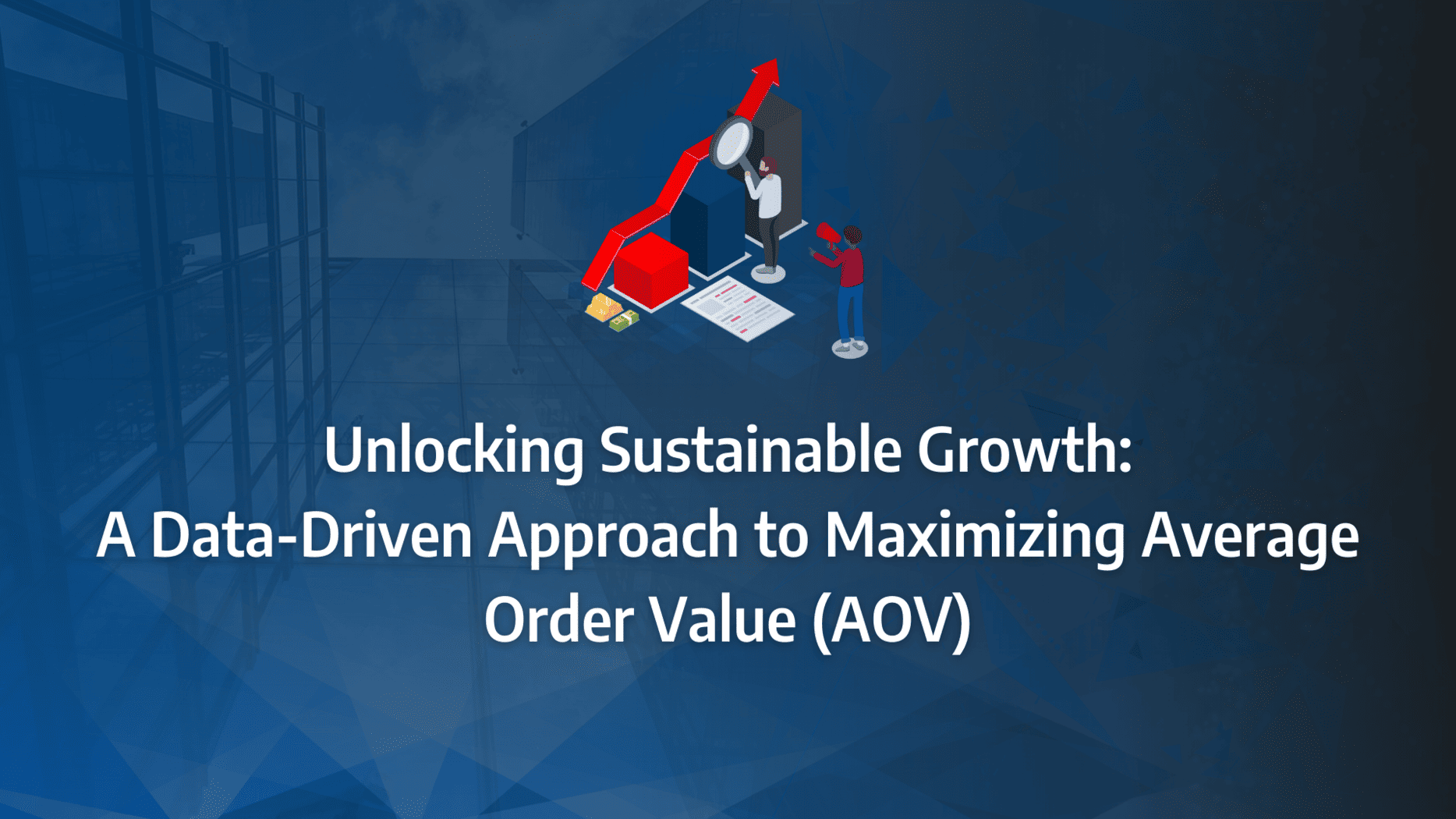Are you fully leveraging the power of upselling to boost your revenue and maximise customer lifetime value? Upselling isn’t just about pushing more products—it’s a strategic approach to enhancing customer satisfaction while growing your bottom line. In this guide, you’ll discover proven upselling techniques that can be seamlessly integrated into your sales process.
We’ll delve into the timing of upsell offers, the role of customer data in personalising recommendations, and the training your sales team needs to master these techniques.
- Upselling, when done correctly, can significantly increase your revenue while enhancing customer satisfaction.
- Timing is crucial in upselling—identify the best moments to introduce an upsell, such as during checkout or post-purchase.
- Utilise customer data, including purchase history and browsing behaviour, to tailor upselling offers that resonate with individual customers.
- Equip your sales team with the right skills and tools to execute upselling strategies effectively, avoiding any impression of pushiness.
- Track essential metrics like average order value (AOV) and customer retention rates to measure the success of your upselling efforts.
- Understand the distinction between upselling and cross-selling to apply the right strategy in the appropriate context.
How does upselling enhance customer relationships and satisfaction?
Upselling, a powerful sales strategy, encourages customers to choose a more premium, advanced, or higher-value version of a product they are considering, or to add complementary items, thereby increasing the overall transaction value. In the world of eCommerce, upselling techniques are often paired with cross-selling to elevate order value and maximise profit.
While sales techniques sometimes carry a negative stigma, when implemented thoughtfully, they can significantly enhance the customer experience. Online retailers rely on both upselling and cross-selling for a variety of compelling reasons:
Deepening Customer Relationships: When executed with care, upselling helps build deeper connections with customers by suggesting products that offer genuine value and meet their needs more comprehensively. This approach transforms upselling from a mere sales tactic into a customer-centric strategy that prioritises satisfaction and long-term loyalty.
Cost-Efficient Growth: Upselling to existing customers is far more cost-effective than acquiring new ones. The trust already established with current customers makes them more receptive to purchasing additional or upgraded products. Statistics indicate that the likelihood of selling to an existing customer ranges from 60-70%, compared to a mere 5-20% for new prospects. This makes upselling a vital tactic for businesses looking to accelerate growth efficiently.
Boosting Customer Lifetime Value (CLV): Customer Lifetime Value (CLV) measures the total revenue a customer generates over the duration of their relationship with a business. By successfully upselling, businesses can increase the CLV of each customer, turning them into highly profitable, repeat buyers. This increased revenue can then be reinvested into acquiring new customers, creating a sustainable growth cycle.
Encouraging Repeat Business: Upselling enhances the value provided to customers, making them more likely to return for future purchases. By offering products that simplify their lives and meet their needs more effectively, businesses can foster repeat business. Ensuring excellent customer service alongside upselling efforts further guarantees customer satisfaction and loyalty.
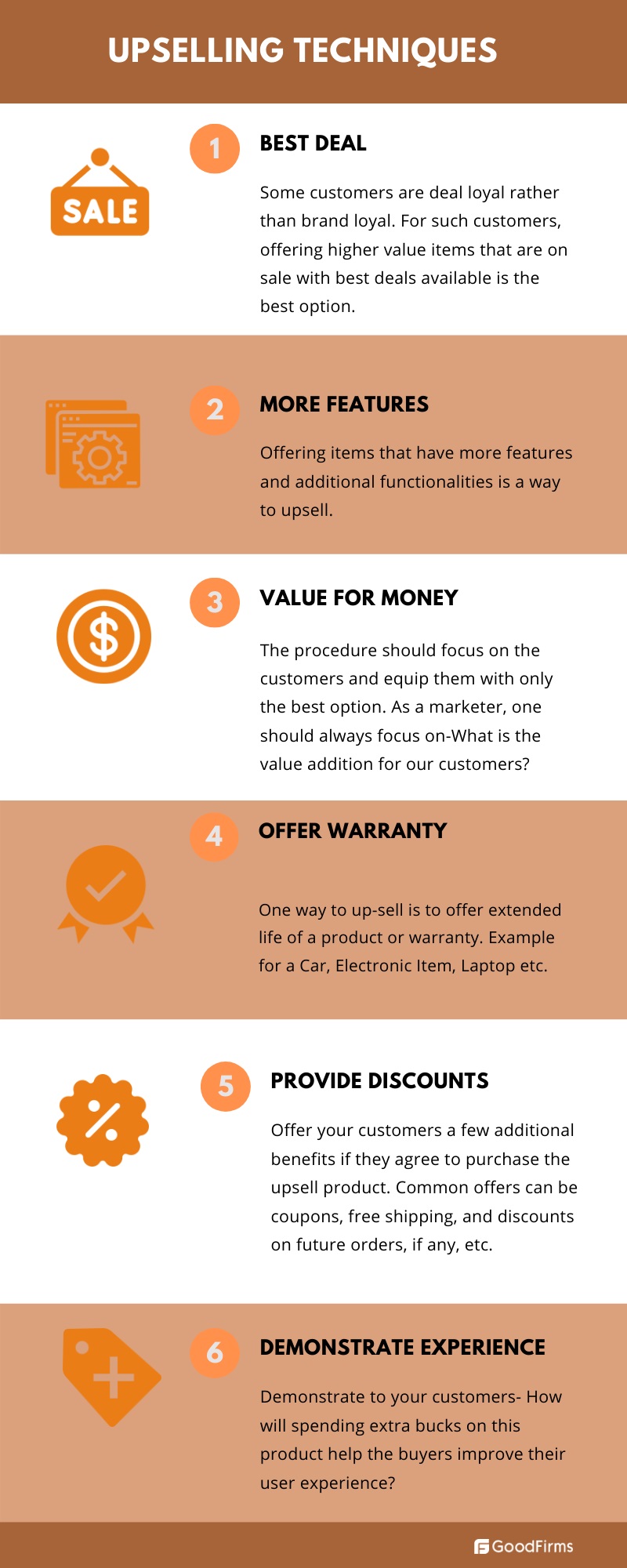
What Matters Most?
From our experience, marketers typically overlook the importance of proactively identifying upsell opportunities early in the client lifecycle, well before renewal discussions arise. Clients often discover that value-based upselling, not transactional selling, shifts the conversation from price to business outcomes. Furthermore, aligning upselling efforts with the client’s evolving business needs ensures a strategic fit rather than a forced sale. We find that the most successful upselling strategies are often customer-centric, framed as long-term partnerships rather than short-term revenue grabs, leading to more sustainable growth.Get In Touch
What are the key differences between upselling and cross-selling?
Upselling and cross-selling are both pivotal techniques employed to optimise revenue by increasing the amount a customer spends with your business. While these upselling techniques share a common goal, they differ in approach and execution.
Upselling is a strategy designed to convince the customer to purchase a more expensive, upgraded version of a product. On the other hand, cross-selling focuses on making personalised recommendations of related, complementary products that the customer might find useful alongside their original purchase.
- Upselling: Imagine a customer has added a pair of sneakers from last year’s collection to their shopping basket. By exposing them to images of similar, but more expensive, sneakers from the most recent collection, you could effectively utilise upselling tactics to persuade them to choose the higher-end option.
- Cross-Selling: Now, consider the same customer with the sneakers in their basket. Displaying related product recommendations on the checkout page, such as socks, insoles, or shoelaces, employs cross-selling techniques. This prompts the customer to add these complementary items to their purchase, thereby increasing the total order value.
By strategically integrating both upselling and cross-selling tactics, businesses can enhance customer satisfaction and significantly boost their revenue. Ensuring these upselling strategies are seamlessly woven into the customer journey not only maximises profit but also fosters a more personalised shopping experience.
What are some effective strategies for implementing upselling in business?
When it comes to upselling techniques, industry leaders like Apple have set a high standard with their innovative strategies. Understanding the effectiveness of these upselling tactics can provide valuable insights for enhancing your own business model.
While no one understands your products and customers better than you do, it’s crucial to tailor your upselling strategies to fit your unique business model, customer profile, and type of product or service. Let’s delve into some prime examples of upselling strategies and why they work so well.
1. Offer Larger Sizes
One of the simplest yet most effective upselling techniques is to offer customers a larger version of a product. Larger items often convey a sense of increased value, making it easier to justify the additional cost. This is similar to how McDonald’s offers meal upgrades.
In the electronics sector, upselling based on size is particularly effective. For instance, if a customer is interested in an 18″ computer monitor, presenting them with a 19.5″ monitor for an additional £40 can be a compelling upsell. Highlighting a temporary discount can further incentivise immediate purchases.
2. Increased Performance
If size isn’t an option, consider upselling based on enhanced performance. Customers are generally willing to pay more for products that promise superior performance. For example, a customer looking to purchase a 4GB graphics card might be persuaded to opt for an 8GB card if offered at a slightly higher price and with a limited-time discount. Similarly, an 8GB stick of RAM could be upsold to a 16GB stick, appealing to the customer’s desire for better performance.
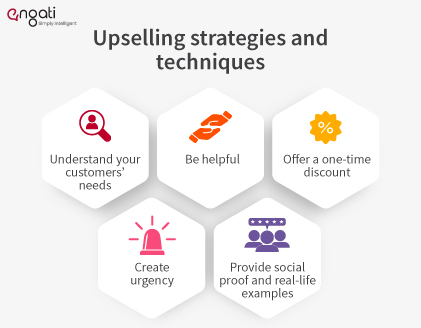
3. Added Features
Upselling by offering additional features can be highly effective, particularly with gadgets, smartphones, and other electronics. Customers perceive premium features as adding significant value. A classic example is the upselling of smartphones. Since the release of the iPhone 4S with Siri, Apple has continuously leveraged new features to upsell newer models.
For instance, if a customer intends to purchase an iPhone X, suggesting an upgrade to the XS or XS Plus for a bit more can be appealing. When customers are already spending a substantial amount, such as £1,000 on a smartphone, they are often less sensitive to a further £100 if it means receiving additional features.
4. More Storage
Increasing data storage is another powerful upselling strategy. Customers often need more storage for photos, videos, and apps, making them willing to pay extra for additional capacity. Apple effectively uses this strategy with its MacBook line, where upselling on storage options is a common practice.
Source: Harvard Business Review
Tailor Your Upsell Recommendations to Each Customer
Upselling isn’t just about increasing sales; being too aggressive can actually harm your long-term customer relationships. A 2015 study conducted by Wharton revealed that while sales agents who focus heavily on upselling can double their success rates, this approach can reduce the likelihood of customers choosing their company in the future by 5.5%.
To ensure your upselling techniques are beneficial rather than detrimental, tailor your upsell recommendations to match the interests of your customers. Avoid the pitfall of trying to sell your most expensive product to every visitor. Instead, focus on those who are genuinely likely to appreciate the additional value.
For example, when a customer selects a 50” Samsung Smart TV, they should be offered the option to upgrade to a larger size, such as a 55”, for a small additional cost. This approach assumes that customers interested in a 50” TV might find a 55” TV appealing as well, especially if the offer is presented in a non-aggressive manner.
Implement Product Warranties and Protection
Adding product warranties and protection plans is an excellent upselling tactic. These additions not only provide customers with valuable protection and an enhanced experience but also increase your average order value (AOV) without significant extra cost.
For instance, B&N’s Nook e-readers offer customers the chance to add a protection plan covered by Clyde at checkout. The pop-up clearly outlines the coverage details and costs, providing customers with a clear choice and demonstrating the value of the upsell.
Utilise Follow-Up Emails for Upselling
While on-site upsell opportunities are crucial, well-crafted follow-up emails can be equally effective. Transactional emails, such as order confirmations, shipping notifications, and satisfaction surveys, are often more likely to be opened by customers.
By incorporating upsell opportunities into these emails, you can encourage customers to consider upgrading their already-purchased item or adding a more expensive product or service. This strategy can significantly increase the chances of a successful upsell by reaching customers at multiple touchpoints in their purchasing journey.
Our Tactical Recommendations
We typically achieve the best upsell results by timing upselling efforts to coincide with key business wins. Leading with value, rather than discounts, drives better margins and loyalty. We also see that automating upsell tracking through CRM systems helps businesses spot patterns and act on upsell opportunities faster, while ensuring conversations remain personalised. These tactical approaches consistently yield high-impact results across various industries and ensure the upselling process is both scalable and client-centric.Get In Touch
The Best Up-Selling Tactics to Deepen Customer Relationships
Implementing effective upselling techniques can significantly boost your revenue and deepen customer relationships. Here are some top upselling strategies to help you prepare and manage your approach.
1. Understand What Success Means to Your Customers
Before you can sell additional value to your customers, you need a firm grasp of what success looks like for them. Early in the relationship, set aside time to discuss what your customers hope to achieve with your product or service. Explore both their immediate goals and their larger, long-term plans.
Cultivating a deep understanding of your customers’ priorities is crucial for building trust from the outset. Knowing what they value and their future aspirations allows you to identify where additional products or services can add value down the line.
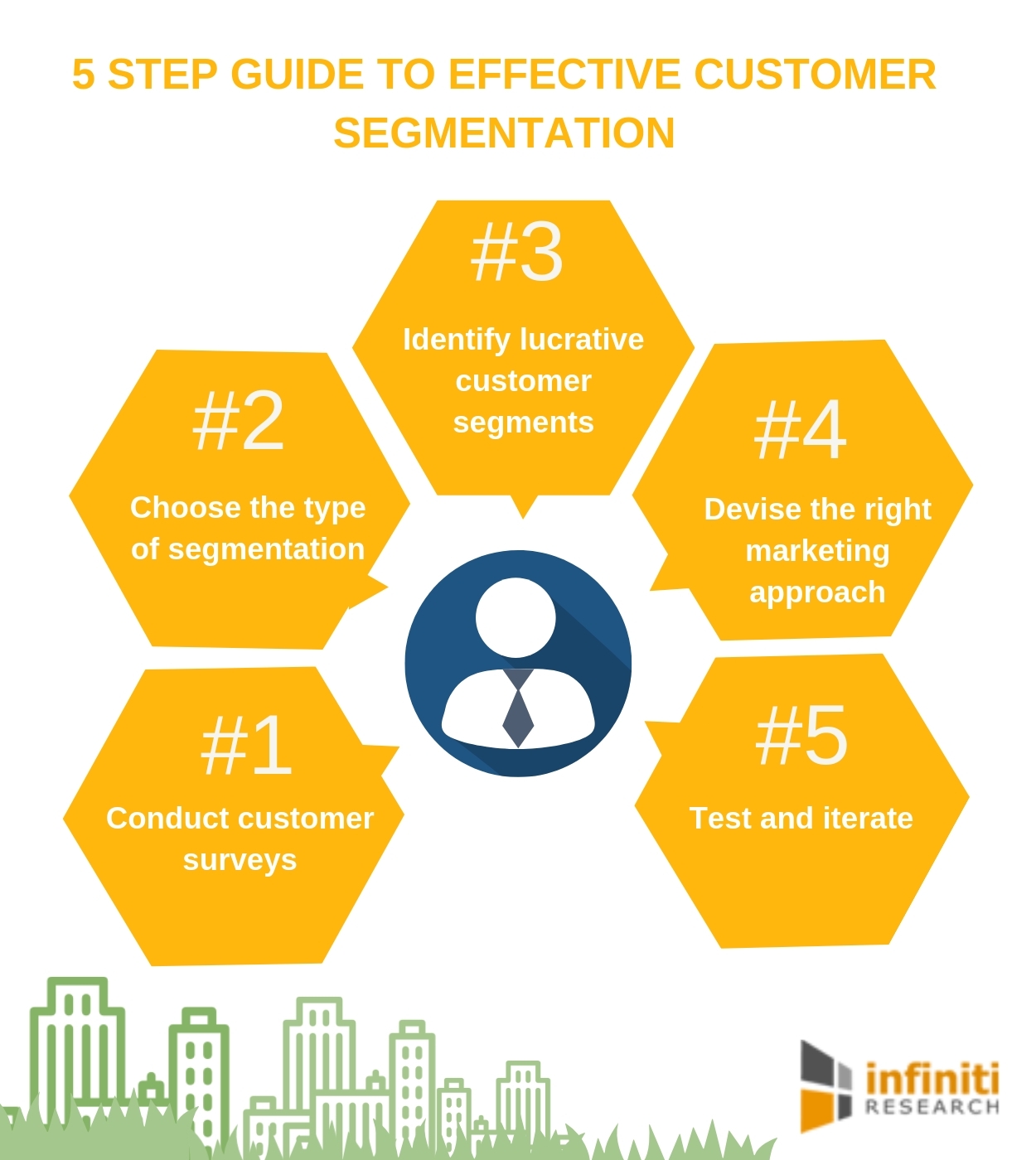
2. Set and Track Measurable Goals
When onboarding a new customer, agree on clear, measurable indicators of success for using your product or service. Leverage what you’ve learned about their priorities and goals to develop an action plan with straightforward milestones to track progress.
Identifying the need for additional services later in the customer’s lifecycle requires recognising areas where the current plan is falling short or where more resources could yield better results. This is where meticulous tracking becomes essential.
For instance, if you advise a customer to increase their social media ad spend, you must have the data to back it up. Providing data-driven insights strengthens your argument and shows the customer that you have their best interests at heart.
3. Identify Customers with a Genuine Need for Additional Services
Not every customer is suitable for an upsell. Never push additional products or services on someone who doesn’t truly need them. If you can’t clearly explain how the additional purchase will benefit the customer’s overall goals, it’s not an upsell worth pursuing.
For example, if you’re considering pitching an email marketing software upgrade but email marketing isn’t directly aligned with the customer’s long-term plan to expand their reach, don’t force it. Trying to sell products that have little chance of delivering a positive outcome risks damaging the relationship and potentially losing their business altogether.
Instead, focus your upselling efforts on customers with a clear gap in their current plan. If a customer wants to increase their reach and you see a better approach, there’s likely an opportunity for an upsell.
4. Provide Value with Quick Wins
Customers are unlikely to invest additional resources until you’ve demonstrated that your business can deliver tangible results. To establish a long and mutually beneficial relationship, focus on providing quick wins as soon as possible.
A quick win is anything that delivers immediate value. Examples include auditing a customer’s existing social media strategy, evaluating their website for new optimisation opportunities, or creating a content offer and promotional plan.
Quick wins don’t require significant effort but show your commitment to bringing real returns to the customer from day one. The sooner you can demonstrate measurable success, the sooner you can deepen the relationship and prove your expertise in additional areas.
5. Pitch Ideas—Not Just Upgrades
Customers need to understand why an additional purchase is beneficial. Simply telling them to spend more on social media can make it seem like you’re trying to line your own pockets. Always pitch a new upgrade within the context of a strategic idea. If you identify an opportunity to help a customer increase their leads through email marketing, develop a concrete plan to achieve that goal. Show them how their investment will be spent and how it will contribute to their overall success.
6. Time Upsells with Milestones
Timing is critical when approaching a customer about additional services or products. After completing a successful initiative or reaching a significant milestone, such as achieving a new lead generation goal, take the opportunity to discuss future projects. Pitching an upsell is particularly effective after a big win, as it provides definitive proof of your expertise and success.
7. Provide Transparent Pricing Breakdown
Imagine being asked to pay more for vaguely defined additional benefits—you’d likely be sceptical. When proposing an upsell, provide a transparent pricing breakdown. Clearly explain the cost and timing involved. If customers know exactly where their money is going, they’ll feel more comfortable investing further in your products. If you’re not comfortable discussing price, this might be a good time for your customer to speak with a sales representative.
Source: Gartner
8. Identify Trends and Apply Them to Your Sales Process
Once you’ve successfully upsold a few customers, you’ll start to recognise patterns in the types of customers who benefit most from additional products. Track the timing and traits these customers share, and incorporate these trends into your sales process. This proactive approach will help you identify upselling opportunities on an ongoing basis.
9. Use Social Proof to Convince Customers
Most customers need evidence before making significant purchase decisions. Social proof, such as customer reviews, is a powerful convincing factor. Before trying to upsell, gather data and evidence from other customers who have successfully used the add-on product. Share statistics about the percentage of customers who use both the base and additional products, and highlight positive reviews. This makes your pitch more trustworthy and compelling.
Fears of Upselling
Salespeople often have two primary fears when it comes to upselling to their current customers:
1. Not Wanting to Harm Customer Relations
Many believe that selling is inherently selfish or annoying, which can lead to a reluctance to upsell to existing customers. This fear is rooted in the desire to avoid upsetting those who are already contributing to your revenue. However, this mindset can be counterproductive.
If this is what’s holding you back, it’s time to reconsider. Upselling, when done correctly, is not about being pushy; it’s about offering additional value. If your upselling tactics are focused on genuinely enhancing the customer’s experience and providing them with something beneficial, you can maintain, and even strengthen, your customer relationships.
2. Worrying About Unhappy Customers
If you suspect that your current customers aren’t completely satisfied with your product, reaching out to them can feel risky. You might fear that trying to sell them more could be the final straw that prompts them to cancel their subscription or service. However, this apprehension can prevent you from addressing underlying issues.
Consider this: by giving your customers the opportunity to voice their concerns, you gain a clearer understanding of any problems and are better equipped to solve them. This proactive approach allows you to improve your product, service, sales process, training, or onboarding procedures. Companies that actively seek to resolve issues rather than avoid them often build stronger relationships with their customers, turning them into loyal advocates for the brand.
